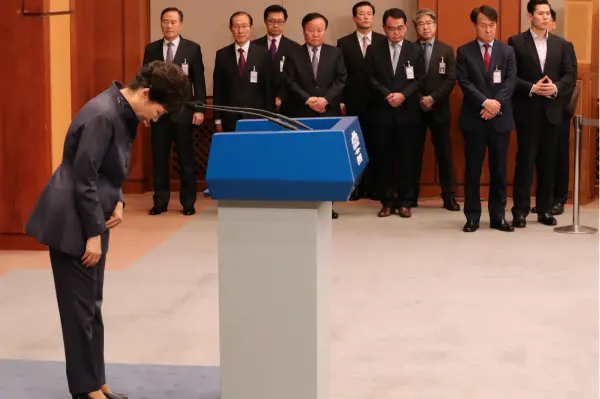The world's largest duty-free shop (DFS) opened its doors on Monday in the coastal city of Sanya in the southern island province of Hainan.
Haitang Bay duty-free shopping center has attracted nearly 300 international brands. For several of them, including Prada, Rolex and Giorgio Armani, it is the first time they have appeared in a DFS on the Chinese mainland.
With an area of 72,000 square meters, the center replaces an existing DFS, just one seventh of the new store's size, in downtown Sanya.
China International Travel Service Group (CITS) has invested 5 billion yuan (about 814 million U.S. dollars) in the center, which is run by China Duty Free Group under CITS.
Wang Weimin, chairman of CITS, said the new store excels in functions, the number of brands and shopping area compared with any others in the world, and called its opening is a milestone for China's duty-free market.
Surging demand
The State Council, China's cabinet, gave Hainan permission to run a trial duty-free program in April 2011 and make the island a world-class tourist destination by 2020.
In 2011, two stores opened in Hainan, the other in Haikou, the provincial capital. Non-locals could make duty-free purchases twice a year when leaving the island, each capped at 5,000 yuan. In 2012, the limit was raised to 8,000 yuan.
As of Aug. 15, the two stores, now rated third most important attraction for tourists on the island, had sold products worth 9.22 billion yuan.
The Haitang Bay store was built partly to address consumers' complaints of overcrowding in the old store and the Haikou shop also has plans to expand from its current area of 5,000 square meters to 6,000 square meters this year.
The duty-free policy is now at the heart of local tourists. The island's 9 million residents received 36.7 million overnight tourists last year, and the figure is expected to exceed 40 million in 2014.
Tourists are also spending more in Hainan. The Hainan Tourism Development Commission (HTDC) reckons the average tourist spent 2,469 yuan in 2010, rising to 2,971 yuan in 2013. The splurge means tourism revenue increased by 15 percent from 2011 to 2013, with duty-free sales making up about 10 percent of the total.
Drawing money back
China Duty Free Group has promised that products in Sanya will be no higher than those in Hong Kong, the hottest destination for China's luxury shoppers, and 15 to 30 percent cheaper than in other parts of China. Most tourists are delighted to be saved a trip to Hong Kong or even further afield to feed their hedonistic habits, while others are more reserved in their enthusiasm. One tourist pointed out that DFS in Seoul, more than 2,500 kilometers away, have no purchase caps and better bargains. China's cautious attitude imposes limits on the amount that can be spent and the number of transactions.
Capital outflow has been a headache for the Chinese government. Zhou Ting, executive director of the luxury goods research center at the University of International Business and Economics, believes Hainan's DFS can halt the trend of affluent Chinese heading overseas to fork out their cash. China's overseas luxury consumption last year accounted for 73 percent of the country's total for such spending, up from 65 percent in 2012.
Lu Zhiyuan, HTDC director, said the Hainan government was considering opening shopping centers in other cities such as Wanning. Plans to build a new DFS in downtown Haikou and develop online stores are under careful study.
Zhou believes the policy will be expanded if Hainan's trial proves successful. Xia Feng, a researcher at the local institute for reform and development, said Hainan was likely to adopt more duty-free policies over the next two years, allowing more domestic and foreign companies into the sector.
 简体中文
简体中文

